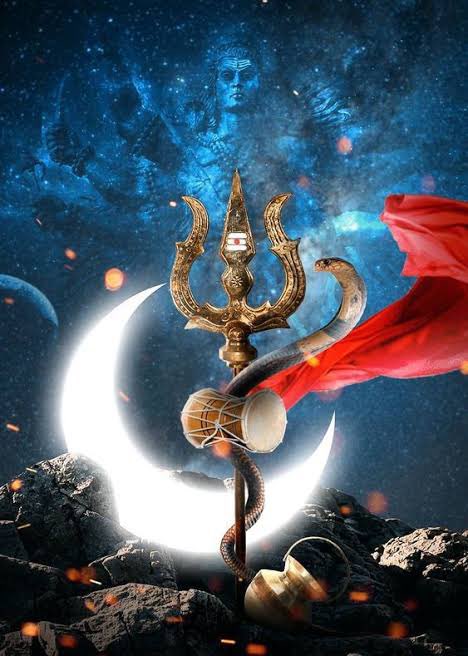For every 1 person who believes BJP’s hateful rhetoric, there are 10+ in it for personal gain!
Many are asking how the iPhone, crypto and jobs scammer Neel that @zoo_bear has been tweeting about is RW’s fault. It’s one individual scammer.
Well, the over 50 crores in scams happened under the guise of nationalist, pro-BJP, Hindutwawadi credentials! [Thread]
For every 1 person who believes BJP’s hateful rhetoric, there are 10+ in it for personal gain!
- Recognition in the ecosystem for spreading hate.
- Retweets and likes.
- Political positions.
- Power, through building fear in others showing they’re well connected in BJP.
And more...
A jobless youth has zero respect in society, but drape a bhagwa gamcha and put a Tilak, you’ll get respect / fear.
























